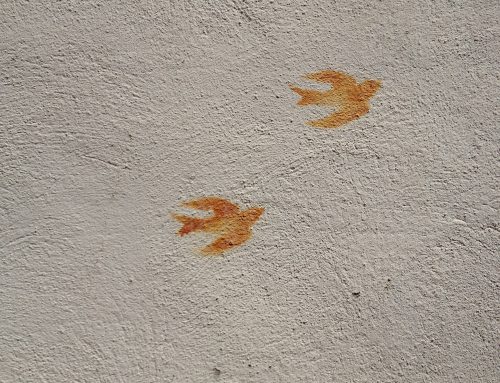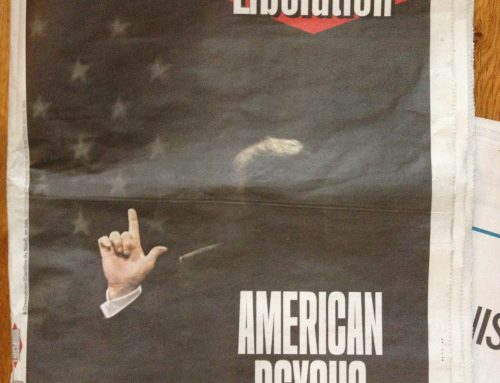Difficult to imagine a more perfect depiction of what in Zen jargon is called « shikantaza » (bearing witness to the whole of life) than the final scene of a film just seen at the Cinémathèque, Fellini’s marvelous « 8 1/2 »: Everything and everyone, hand in hand, joins a circus circle dance of life, all is/are included in the circle, the good, the bad, the ugly and beautiful, confusion, desire, love, fantasy, each in its perfect place, as the band strikes up a happy/sad tune and the lights come on as darkness falls and then there is darkness as the lights fade away…
8 1/2, or All 1
About the Author: zenscribe
Enseignante Zen et poète, Sensei Amy “Tu es cela” Hollowell est née et a grandi à Minneapolis, aux Etats-Unis. Arrivée en France en 1981 pour étudier la littérature et l’histoire, elle y est restée, s’installant à Paris, où elle élève ses deux enfants et gagne sa vie en tant que journaliste.
The Zen teacher and poet Amy “Tu es cela” Hollowell Sensei was born and raised in Minneapolis, but came to France in 1981 to study literature and history and has lived in Paris ever since, raising her two children and making a living as a journalist.













Just watched on CNN.com two video’s on Libya.
Said Gadhafi (the son of the leader) and LIFG leadership worked out a peaceful way to put an end to (the war on) terror in their country. There was a long and intense dialogue. Scholars did some serious rethinking on the religious justification of violence and came up with a document on the subject of jihad.
Such a document, written by former promoters of jihad, could help to keep young radical Muslim away from the path of indiscriminate and boundless violence?
In my mind that would be like calming a mad elephant. And in would have been achieved with “no fear”.
The image drawn could be too optimistic, but it looks good.
What do you think?
Yes, nice.
From "I" comes both the threat and the fear: "I" is fearful, seeing other "I’s" as threats.
The Dalai Lama says that before countries disarm, individuals must disarm.
And in the Heart Sutra: "no hindrance in the mind, no hindrance, therefore no fear…" The hindrance, of course, being "I."
The story is not a jataka; not a story about any of the previous lives of Buddha Gautama.
The elphant in the story is named Nalagiri and he was set loose by Devadatta – Buddha’s cousin – in a plot to kill the Buddha.
Am reading now about the mudra called “Abhaya”.
The Buddha raises his right hand (palm forward) in a peaceful gesture saying “there’s nothing to fear”.
(or saying both, “I have no fear” and “I am no threat”)
In the jataka-tale he calms down a murderous mad elephant with it.
Isn’t that that also a nice depiction of shikantaza?
Not fighting, not fearing?
Also wonder how far this stretches: the influence of my mental state on how people (including the mad elephants among them) react on me.
Or the influence of my mental state on the world in which I’m living.
“Le vrai voyage” perhaps.